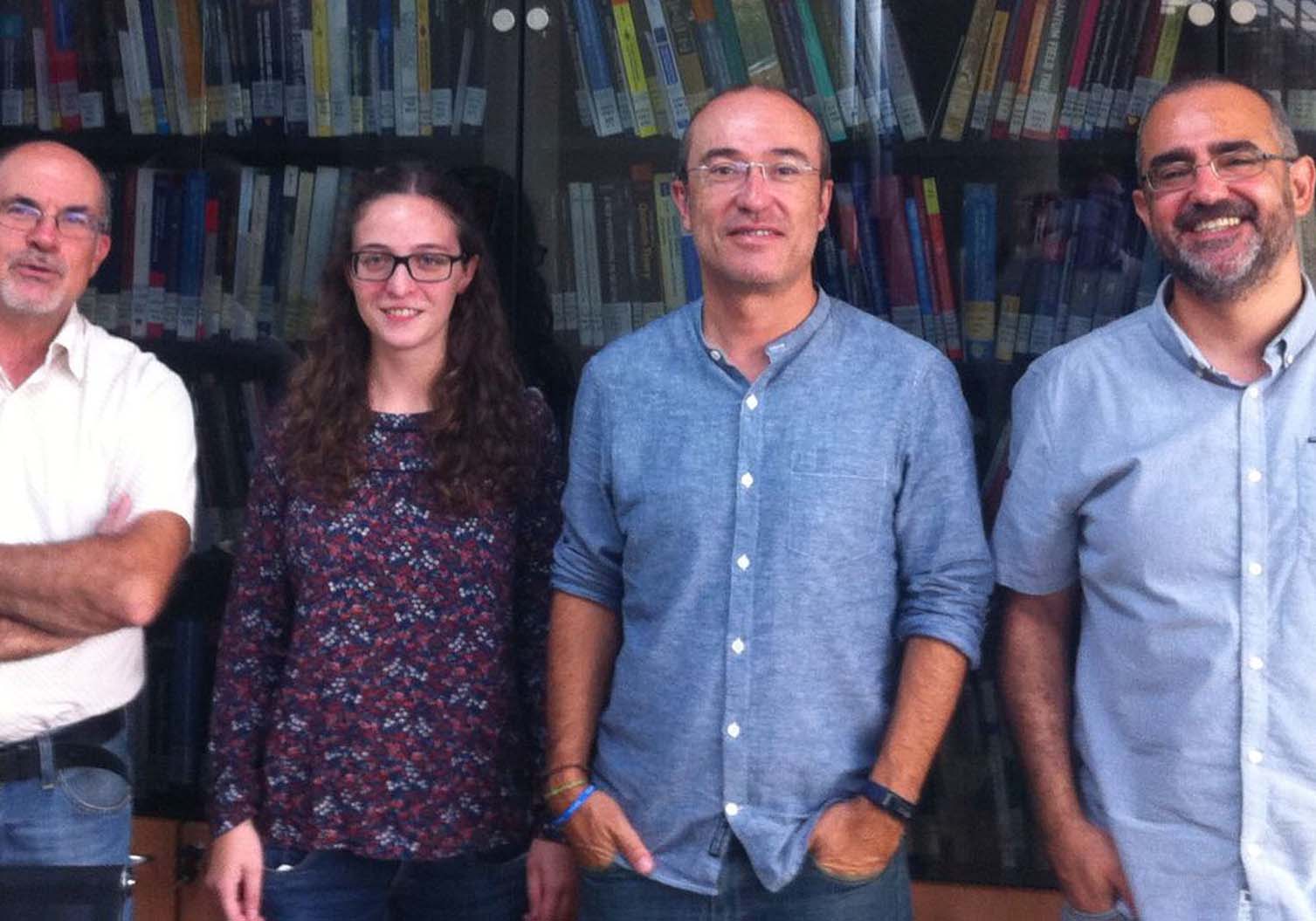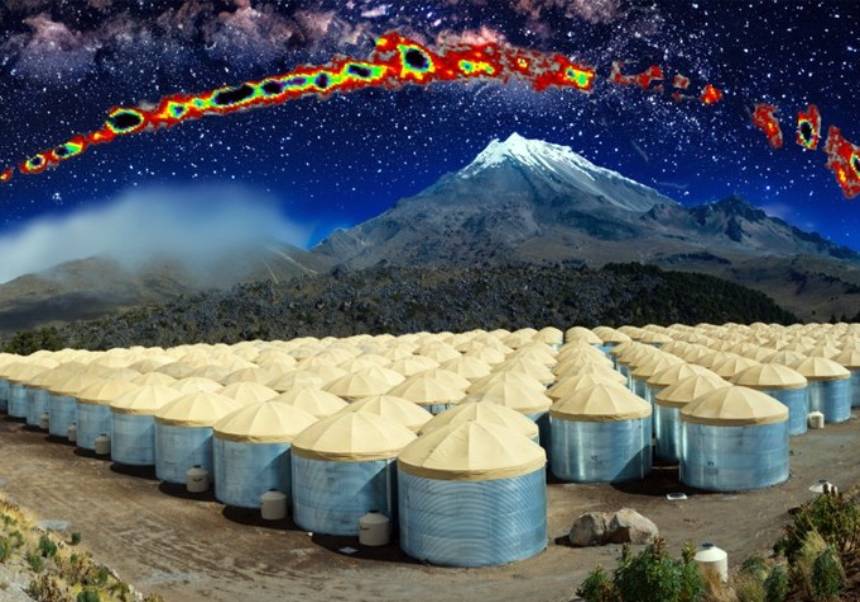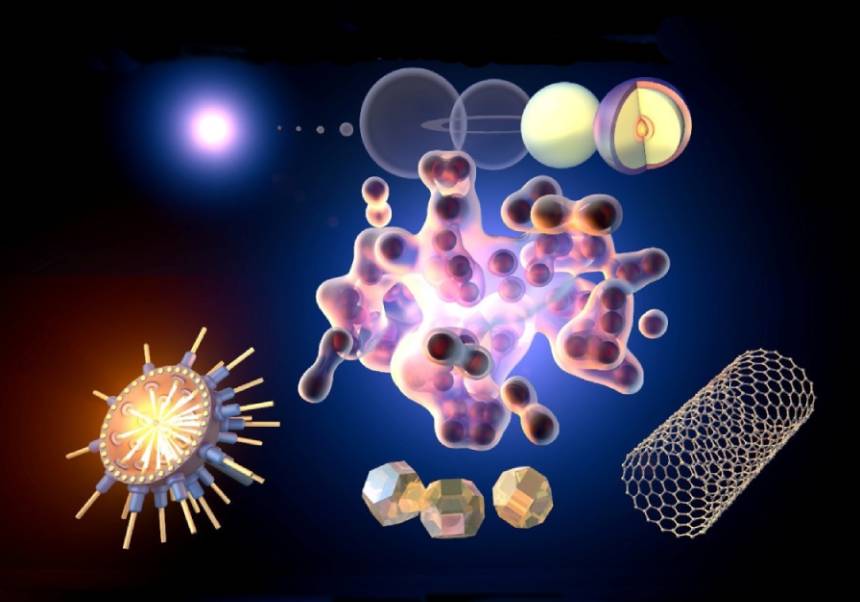Scientists of la Universitat take a significant step in the research of the evolution of active galaxies
- Press Office
- September 27th, 2017

The professors of the Department of Astronomy and Astrophysics of the Universitat de València, Manel Perucho, José María Martí and Vicent Quilis, in cooperation with the student Marina Borja-Lloret have made a crucial contribution to the study of the galactic activity and its role in the galaxies’ evolution. The article has been published in ‘Monthly Notices of the Royal Astronomical Society Letters’, one of the most prestigious international journals.
The active galaxies with a strong radio emission are associated to the presence of plasma jets that carry matter and energy from the nucleus of the galaxy, up to hundreds of thousands of light-years away. In the nucleus of these galaxies there is a black hole with some masses with around hundreds of billions of times the mass of the Sun. In its environment, where the concentration of energy is huge, the jets that escape from the central region with velocities very close to the speed of light. That is why the fluxs are known as relativistic jets. Along its propagation through the galaxy and beyond, the jets generate strong collision waves which heats the means and sweep an important part of the galaxy’s gas.
‘Given that the history of galaxies is determined by the formation and the evolution of stars that are formed, and that the stars are formed from the galaxy's gas, we will understand that the process of evolution of the jets is fundamental to understand the history of parent galaxies and their environment’ says Manel Perucho.
Vicent Quilis adds: ‘Besides, lots of galaxies in which the jets are generated are similar to central massive galaxies of cumulus and groups. That means, the jets can not only mark the evolution of the own galaxy, but also of those that are to its surroundings’.
Valencian scientists have demonstrated in a theoretical way that the relativistic nature of plasma jets is fundamental in understanding the heating of the galaxy's gas and its environment. The motive, according to José María Martí, is that a relativistic plasma like relativistic jets ‘carries a large amount of energy in the form of internal energy, whereas a non-relativistic (slower) jets would have to compensate this energy with a higher density of particles, ie with mass’.
According to Marina Borja-Lloret, ‘the mass of the particles is not transferable to other particles, so that a non-relativistic jet cannot transfer as much energy as one of relativism’.
The article, which is already available on the web and will be published in the October edition of the journal, will be presented at the end of this month to an international congress in Leiden (Holland) by Professor Perucho.
More information:
File in: Investigació a la UV
















